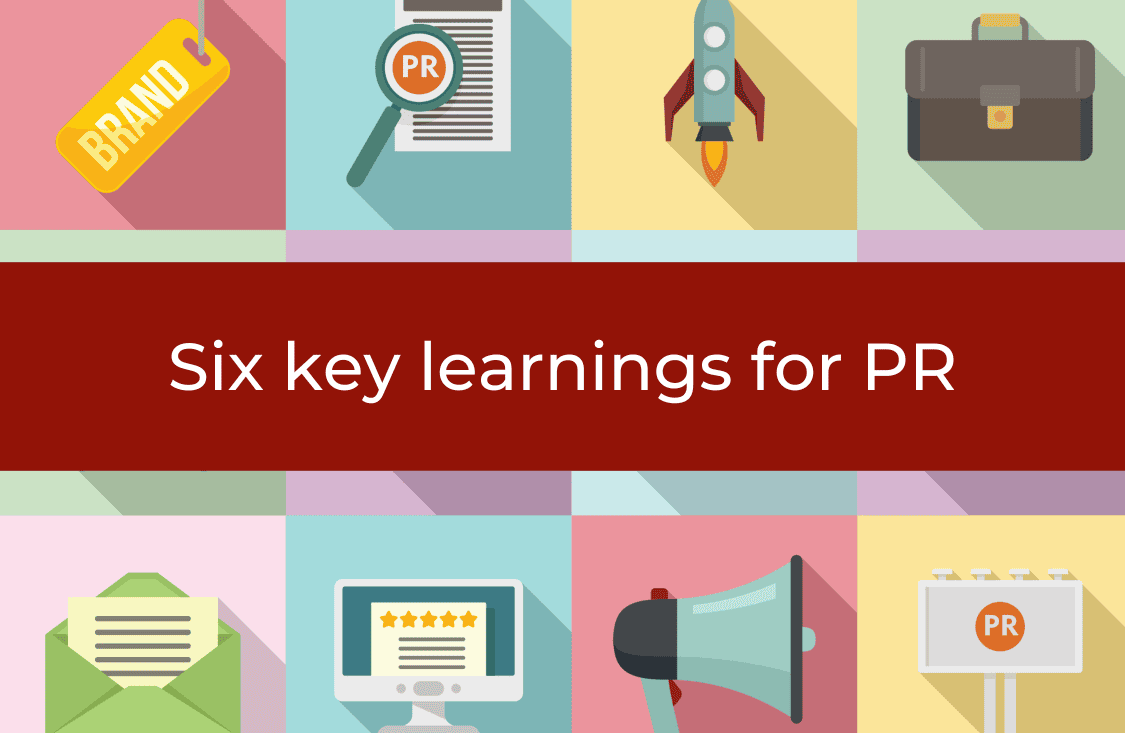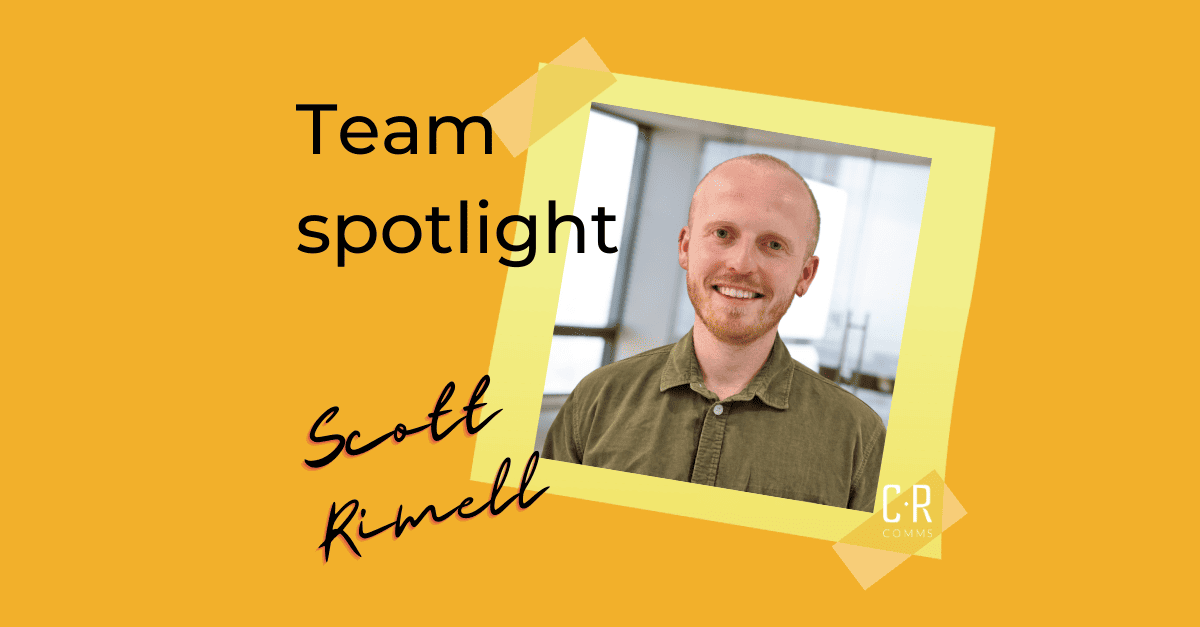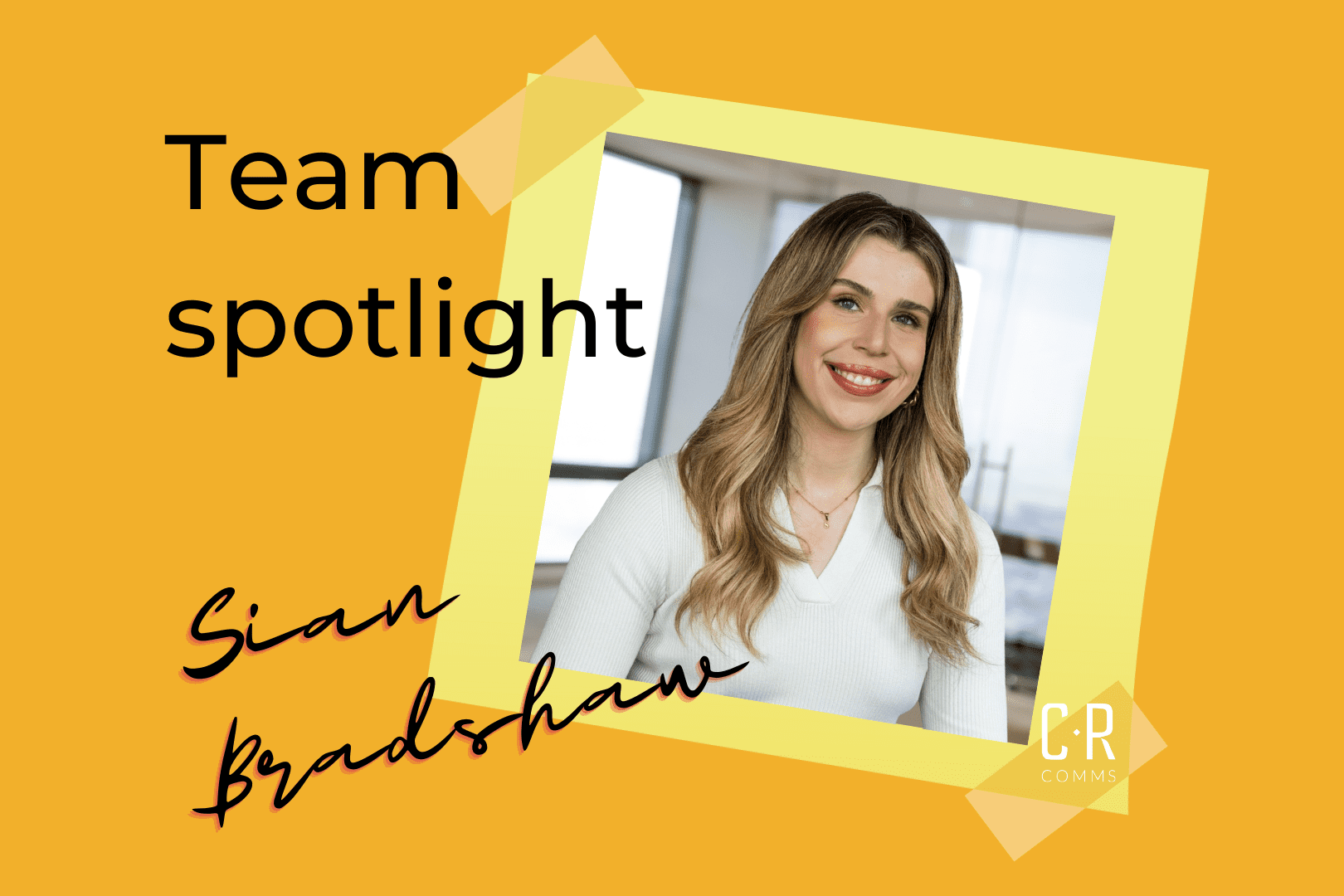The curse of knowledge in PR – how to tell your story without being too technical

Sian Bradshaw, Account Manager, City Road Communications
Working in PR and communications, we are often tasked with distilling the complex into something incredibly simple.
For finance and technology clients, this challenge is even more pronounced. In a world where buzzwords like CFDs, NFTs, AI, IoT and Everything-as-a-Service can leave readers with glazed-over expressions, telling a story that resonates with the audience and has broader news appeal, without sounding like a PhD thesis, takes skill.
This is because, generally, organisations deep in the weeds of building their business are often immersed in the technicalities of their products. When telling their brand’s story, it can be easy to get carried away – many will launch straight into technical lingo and lose sight of the bigger picture.
Ultimately, when it comes to generating the right content, not to mention positive media coverage, having great technical knowledge can be something of a curse. If not seen through the right lens, a business risks alienating both journalists and their readers by bombarding them with overly technical information.
So, how do we deliver successful comms strategies for businesses with very technical products, or operating in niche sectors? Here’s how City Road Comms makes its campaigns more PR, less Proust.
Organise a ‘brain dump’
Many people in the PR and comms industry are adept at getting themselves up to speed with unfamiliar and complex topics quickly. However, when it comes to grasping all the details about a complex offering, sometimes it can be more valuable to recognise your own limitations and take a lesson from the experts.
If a client’s proposition is particularly complex, or there’s a lot going on in the company at once, arranging and transcribing a Q&A session during the onboarding process can provide a useful starting point for determining your messaging and PR strategy going forward. Ultimately, there is nobody better versed in your client’s industry than your client, and having someone talk through their value proposition in depth can help you determine which aspects will be the most interesting from a press perspective.
These sessions are the chance to ask all the basic questions to clients – to get the dummy’s guide, as it were. You can delve into the products as well as interesting topics in the media, pertinent industry trends and how their company ties into them. Your client can ‘brain dump’ their specialist knowledge. From there, you can gather the most important facts and ideas to use in your campaigns, not to mention get a strong handle on how your client’s spokespeople talking about industry issues and their proposition.
Focus on the audience
Once you’ve gathered the knowledge you need, the next step is communicating the right message with precision.
Working with any new client, one of the most important things to consider is who their audience is, and what do they care about most? This will obviously vary between different companies and products, but the end-goal is always the same – establishing what key problem you’re solving for your customer and explaining it with clarity and simplicity.
In general, it’s very rare that the technical aspects of a product will be the most interesting to readers, particularly in when it comes to consumer-facing comms. Instead, it can be more effective to frame the brand story around real-life examples or case studies that demonstrate how the product improves efficiency, saves time or money, or solves common pain points.
Take one high-profile product launch as an example – back in 2001 when Apple announced the first iPod, engineers were really excited about the amount of storage space the device had – 5 gigabytes of data. Apple recognised that this messaging was perhaps less interesting to its customers at the time, who wouldn’t necessarily have known whether this was a lot, or even what a gigabyte was. Instead, Steve Jobs simply said “1,000 songs in your pocket” – he spared his audience of the complicated tech specs and spoke about the product in a relatable way that was aligned with their level of knowledge and what they cared about most.
This is a lesson that most PR and comms professionals will learn at some point or another – that, more often than not, simple and punchy is best.
What’s the wider issue?
While establishing your client’s USPs is a crucial problem to solve, it’s equally important to understand how their offering fits into the broader news agenda.
Instead of issuing too many product-focused press releases or company announcements, looking for connections between your client’s product and broader topics that are already capturing public attention can be a more effective means of spreading the word. For example, if the client in question has launched an investment app, offering regular investment tips or timely market commentary may be a better way to get cut through with journalists and reach your audience.
By offering journalists new insights on these breaking topics (in other words, ‘newsjacking’), whether through your own data or expert commentary, brands can align their stories with popular trends to ensure their relevance – while also establishing themselves as thought leaders.
Beyond the jargon
Crafting a ‘simple’ brand narrative that resonates with audiences is anything but easy – it is an art form, with a great deal of time and effort required to transform complex ideas into compelling stories. Businesses that invest in PR to help them do this – whether in-house or through an agency – can curate a stronger brand identity and better-position themselves for commercial success.
For businesses with more technical products or services, stripping away the nuts and bolts of what you do and focusing on why you exist is key.

Sian Bradshaw
Account Manager
About the author
Sian joined CRC back in 2020 after reading English at the University of Cambridge, with varied experience in student journalism, project management and youth engagement. Since then, she has worked with a variety of the agency’s clients in the tech, business and finance sectors, and now works as an account manager, where she crafts innovative, targeted communications strategies for her accounts.
Email



